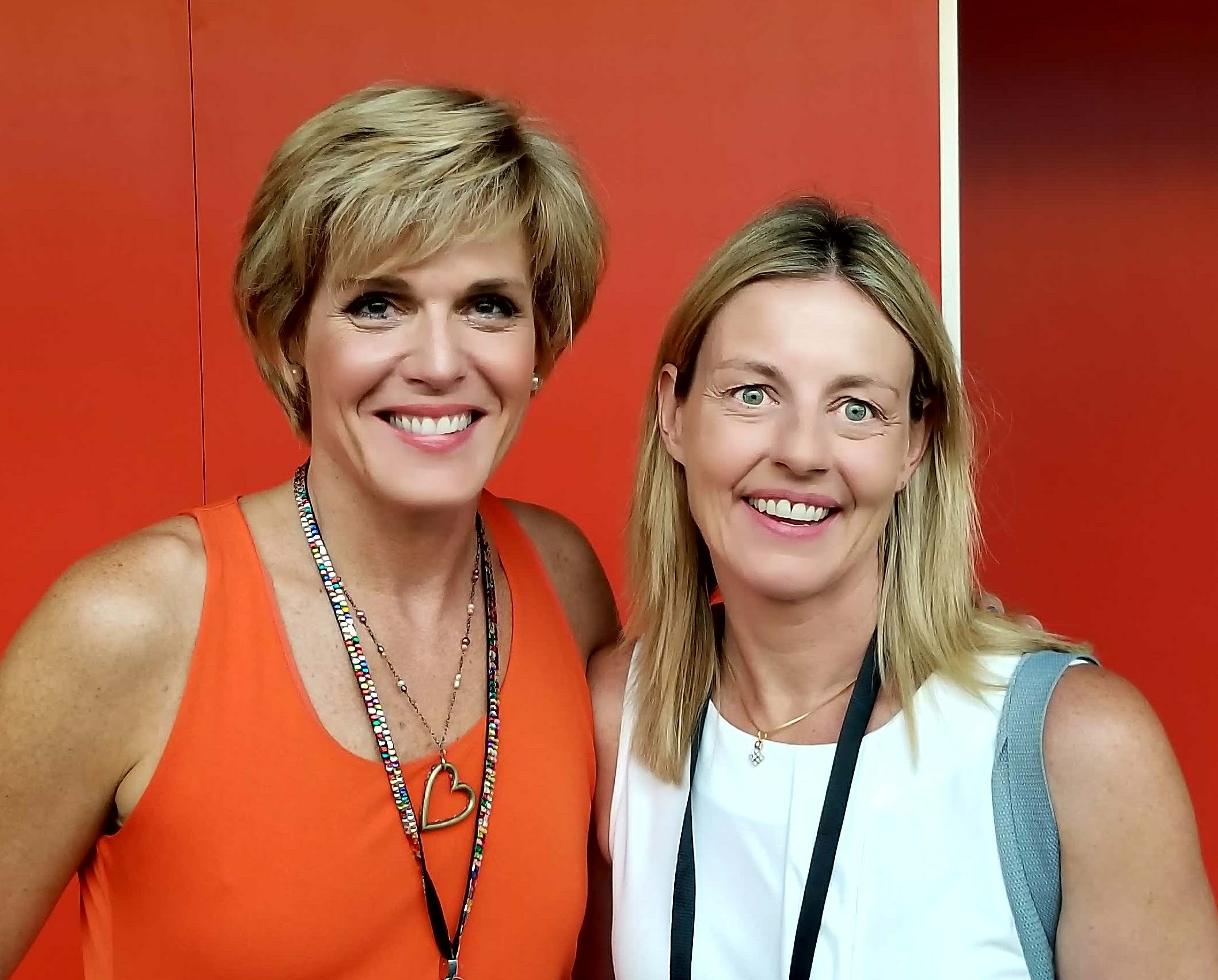A 2017 Atlantic Magazine article about Google X, the lab of moonshot dreams, lamented the dearth of creativity and risk-taking in our current society. Google X’s approach to sparking technological breakthroughs like self-driving cars, requires several ingredients: big dreams, futuristic thinkers, ruthless analysis, and a calculated leap into the unknown.
The author notes: “The United States’ worst deficit today is not of incremental innovation but of breakthrough invention…. [A]llowing well-funded and diverse teams to try to solve big problems is what gave us the nuclear age, the transistor, the computer, and the internet. Today, the U.S. is neglecting to plant the seeds of this kind of ambitious research, while complaining about the harvest.”
The same problems plaguing corporations are familiar to sociologists who note that the number-one regret of people in hospice care is that they lived a “safe” life that others expected of them, and not the one they truly wanted. I agree. Many people talk about following their passion, being courageous, and letting the chips fall where they may, yet how few people ever actually do just that?
When we decide to take a risk, we are taking a stand about who we want to be. Ruth Chang, a philosophy professor at Rutgers University, said in a TED talk that not making these types of decisions leaves us as “drifters” who never really choose where we want to put our agency. The opportunity to take a risk, though, is a “godsend,” she says. “You might say that we become the authors of our lives.”

The reason grit requires skillful risk-taking is that gritty people often break new ground, doing things that haven’t been done by them or, often, anyone else. They have to go outside their comfort zone over and over to get where they want, all the while with no guarantee of success. That doesn’t stop them, though; they’d rather bet on themselves than accept a life in which they’ll never know what might have been.
People with authentic grit are not wildly unrealistic about their competencies, but they do take risks because they have self-efficacy–they believe they will figure out whatever they need to know or do to accomplish their goals. One of their most distinguishing characteristics, however is that they do not fear failure, and they don’t necessarily allow themselves to visualize or accept the idea that they will fail.
If you feel like you’re stuck in a rut, but you desire so much more, I encourage you to become the author of your life once again — Here are the top five ways you can begin taking more risks to help you reach your goals starting today:
1. Learn about the failures of people who eventually succeed
One powerful way to help you take a risk in the right direction is to learn about the failures of other people who also succeed. Sara Blakely, the billionaire founder of Spanx, uses this approach by celebrating the “Oops!” moments her employees have. She also freely shares her own personal and professional mistakes so that her employees learn that people overcome missteps and emerge intact. She credits her open-minded approach to failure to her father, who regularly asked his children at dinner to share their daily failures and responded to them with a high five for their taking chances. He also taught Sara to extract the nuggets of gold from every setback, which left her with the conviction that there are no bad experiences in life, but rather that everything is a teachable moment making you smarter and better prepared for whatever happens. Like many other gritty people, Sara believes that the only failures in life are the failures to take action.
Another CEO, Jim Donald of the national hotel chain Extended Stay America, decided to encourage his employees to take more risks in an innovative way. When the company emerged from bankruptcy, Donald found that many of them were worried about losing their jobs, causing them to avoid making risky decisions that might be costly for the company, such as offering unhappy guests a complimentary night’s stay. This risk-averse behavior was preventing the company from coming up with creative solutions to problems or innovating in a pinch, so Donald did something unusual. He created small bright-green cards that said “Get out of jail free,” and he distributed them to all nine thousand employees. Whenever they wanted to make a risky decision, all they had to do was use the card and call it in to management.

2. Ask yourself “Why not?” instead of “Why?”
Gritty people don’t stare endlessly at their options, weighing and measuring the pros and cons of taking action. They aren’t impulsive, but they also aren’t caught up in making perfect decisions or compelled to learn as much as possible before moving ahead. I have found that some of my clients who are high in the VIA strengths of curiosity, love of learning, and critical thinking are the ones who are prone to getting stuck in their heads, overthinking and overanalyzing whether they should take a risk. Steven Levitt, economist and coauthor of Freakonomics, found that when people hesitate about uprooting themselves and making a major change, they probably should just do it. He found in twenty thousand cases that when people decide to make a big change—either on their own or as a result of a coin toss—they always are happier because of that change.
Haven’t taken your VIA strength test yet? I highly recommend it! It’s free, and takes less than 15 minutes! (FYI – I have no connection with VIA, it’s just a REALLY great tool!)
3. Start with small risks
Some of my clients are very successful men and women, but they admit that they don’t have enough grit because they have always played it safe, pursuing accomplishments that looked difficult to others but that were actually low-hanging fruit for them. If you are accustomed to being a “winner” because you always stay in your wheelhouse, start taking manageable risks to get comfortable with the emotions of fear, anxiety, and exhilaration. Cut your hair, and try a brand-new look. If you usually overthink all of your purchases, don’t research for so long and make a “good enough” decision. Some corporate coaches help clients learn how to do this by giving them physical challenges, such as going down a difficult ski slope with bungee cords attached so they won’t hurt themselves, or participating in a ropes course. The idea is that if you can take physical risks, you will take emotional risks more easily.
4. Don’t share your goals with negative people
UCLA researcher Shelly Gable has found that people who share their dreams or early progress toward their goals with people who respond negatively—rather than with the positive responses of curiosity and enthusiasm—can make us abandon our goals, particularly if they are the first people we talk to. Dara Torres, who won a silver medal in the 2008 Olympics in the 50-meter freestyle at the age of 41, was so intent on becoming the oldest swimmer to ever win a medal in the Olympics that in the year leading up to the Olympics, she refused to allow anyone in her presence who did not believe she could be successful.

5. Reflect on the payoffs of failure
Although it’s easy to encourage people to take risks and be prepared for the wonders of failure, it’s quite another to actually do so yourself. Explore some of the failures and setbacks that have occurred in your life and include a recognition of the positives that emerged from these failures—such as the lessons learned, new relationships forged, self-respect enhanced, or lack of regret. Doing this exercise regularly, even as part of a daily reflection, can embolden you to remember that we always find ways to pick ourselves up and live to see another day, and that failing to take any risks at all is the biggest failure we could ever have.
Did you fail today? High five!
This post includes excerpts from Caroline Adams Miller’s book “Getting Grit”. Click here to download the introduction and first chapter of “Getting Grit”.
If you’d like to learn more about upping your grit game, feel free to direct message me or leave a comment below. And to be added to my monthly newsletter about goals, grit and flourishing, text the word GOAL to 345345.
ICYMI: Good Grit, Faux Grit, Stubborn Grit & Selfie Grit
Tags: #Grit, #GettingGrit, #AuthenticGrit, #Goals, #Passion, #Perseverance, #GoalSetting, #Risk, #Failure, #Coaching #positivepsychology #happiness #regrets #rolemodels

